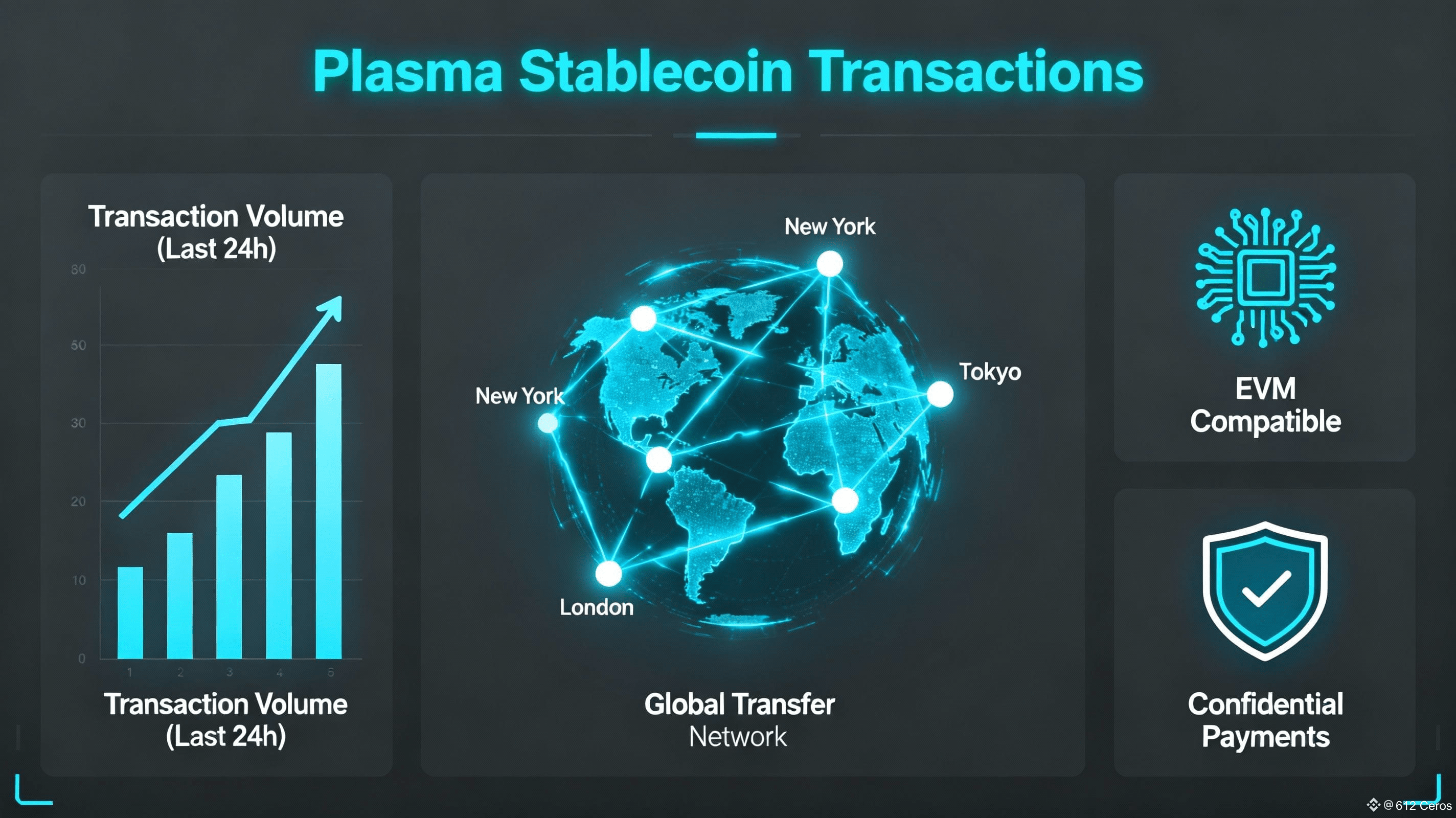@Plasma #Plasma $XPL
The digital economy is built on a fundamental paradox. While our world increasingly operates on micro-interactions—streaming a song, reading a premium article, or purchasing a virtual asset—the underlying financial infrastructure remains woefully inadequate for such granularity. The core problem is not a lack of desire for these new business models, but a crippling technical limitation: the exorbitant cost of trust. On a base layer like Ethereum, the fee to process a $0.10 transaction can easily exceed the value of the transaction itself, rendering entire categories of digital commerce economically unviable. This fee barrier has stifled innovation, forcing developers and entrepreneurs to either centralize their payment systems, sacrificing censorship resistance, or abandon promising micro-use cases altogether. The result is a digital landscape where frictionless, low-value transactions remain a theoretical ideal rather than a practical reality.

This is where the PLASMA framework emerges not merely as a scaling solution, but as a fundamental re-architecting of transactional trust. Its core innovation lies in its method of security delegation. Rather than processing every single transaction on the main Ethereum chain, Plasma establishes a hierarchical system of "child chains." Think of these as specialized, high-speed financial districts operating under the legal jurisdiction of a federal government. These child chains handle the immense volume of small, rapid transactions locally. The critical security mechanism is that these districts do not operate in a lawless vacuum; they are required to periodically file a "state commitment" or a cryptographic summary of their activities back to the main Ethereum chain. This act of anchoring a compressed proof of the chain's state is what inherits Ethereum's robust security without incurring its full cost for every action.
The true genius of PLASMA for micropayments is found in its batch-processing capability. A single state update submitted to Ethereum can represent thousands, or even millions, of individual micropayments that occurred on the child chain. This is the economic masterstroke. The fixed cost of one Ethereum transaction is amortized across this vast sea of micro-transactions, driving the effective fee for each one down to a fraction of a cent. For the end-user, this translates to near-instantaneous and virtually feeless payments. This unlocks a new paradigm for digital interactions. Imagine an IoT sensor paying for bandwidth by the packet, a gamer purchasing a single in-game power-up without a cumbersome wallet pop-up, or a content creator receiving a tiny, seamless payment for every second a viewer watches their video. These are not incremental improvements; they are entirely new markets enabled by an economic model that finally matches the granularity of digital behavior.
Security in such a system is, rightly, a primary concern. How can users trust a secondary chain? PLASMA's security is enforced through a clever cryptographic challenge system known as "fraud proofs" and a user empowerment mechanism called an "exit game." If a malicious operator of a child chain attempts to steal funds or censor users, any honest participant can detect this fraud and submit a fraud proof to the main Ethereum chain. This proof demonstrates the invalid state transition, slashing the operator's bond and protecting user funds. Furthermore, if data becomes unavailable or the operator acts maliciously, users can always initiate a "mass exit," using Merkle proofs to securely withdraw their assets back to the main Ethereum chain. This built-in escape hatch ensures that user custody is never truly relinquished, maintaining a self-sovereign security model even in a largely off-chain environment.
The path to mainstream adoption hinges on two pivotal developments beyond the core protocol: data availability and user experience abstraction. For the fraud proof and exit mechanisms to function, the data from the Plasma blocks must be publicly available. This is a solvable challenge through economic incentives and technological means. More critically, the user experience must be seamless. The processes of monitoring the chain for fraud and executing exits cannot be manual tasks for the average user. The responsibility falls on wallet developers and infrastructure providers to abstract this complexity entirely. The end-user's interaction should be indistinguishable from using any modern payment app—simple, fast, and secure—with all the underlying cryptographic guarantees operating silently in the background.
When these components converge, PLASMA ceases to be just a scaling tool and becomes the foundational layer for a new micro-transaction economy. It provides the holy grail of blockchain trilemma resolution for payments: the security of Ethereum, the scalability of a dedicated payment network, and the decentralization that enables permissionless innovation. We are standing at the precipice of a shift from a digital economy dominated by subscription bundles and large, infrequent purchases to one defined by fluid, atomic-value exchanges.
Given its unique architectural advantages for high-volume, low-value settlements, which incumbent industry—digital media, IoT, or gaming—is positioned to be the first to be fundamentally disrupted by the micro-transaction models that PLASMA enables?




